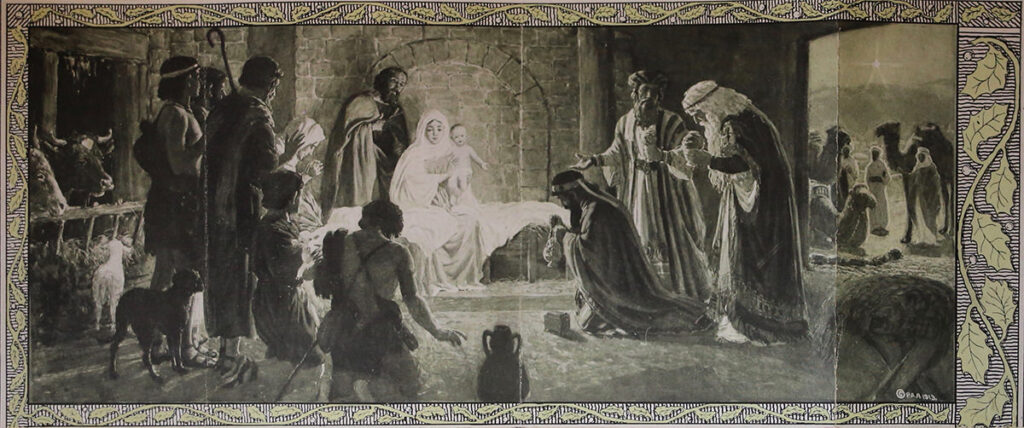< Program < PANEL NO. 4.: The Politics of Distribution and Exhibtion
This paper examines holdovers of practices from legitimate theater into the early years of standardized feature film distribution. It takes as its case study the Shubert Organization’s distribution of the seven-reel Pathé Freres passion play The Life of Our Saviour in early 1914, which was coordinated by Robert W. Priest, head of the Shubert Motion Picture Department and publicity director for the Shubert-owned New York Hippodrome.
Priest’s extensive correspondence with distribution personnel and local theater managers, which survives in the Shubert archives in New York, reveals that the distribution of The Life of Our Saviour in the United States was organized along the lines of a theatrical roadshow spectacular. Local Shubert “companies”—distribution representatives operating in local markets—booked the film primarily to legitimate theaters and opera houses, most of them east of the Mississippi. These companies actively coordinated the exhibition of individual bookings, inviting local clergy to plug the film, encouraging the singing of hymns after every reel, and engaging musicians. While some of these theaters occasionally played motion pictures, the vast majority were fundamentally legitimate houses. This is evinced by contract provisions which required theaters not only to calcimine an appropriate backdrop to serve as a screen, but also to rent a projector, booth, and operator for the duration of the film’s run. The Motion Picture Department used the same model for other Shubert-distributed films in 1914, including America and The House of Bondage.
This theatrically-derived and ultimately haphazard road company system defined the Shuberts’ model of distribution for The Life of Our Saviour and helped lead to its failure. The local companies were poorly coordinated and frequently confused about payment, projection, and performance terms, and little thought was given to the film’s subsequent runs. Priest’s correspondence responding to these various difficulties evinces the relative disorganization and inflexibility of feature film distribution on the eve of the programmatic feature strategies introduced at Warner’s Features and Paramount just a few months later.

Derek Long (University of Illinois at Urbana-Champaign)

Derek Long is Assistant Professor of Media and Cinema Studies at the University of Illinois at Urbana-Champaign. His work has appeared in Film History, the Historical Journal of Film, Radio, and Television, the New Review of Film and Television Studies, and [in]Transition. He is currently completing Programs, Playdates, and Percentages: Film Distribution and the Making of the Hollywood Studio System, forthcoming from University of Texas Press.
